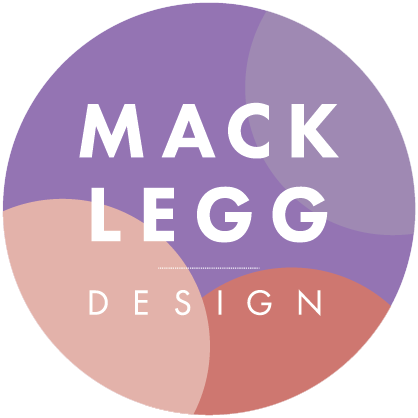PowerBI Dashboard Templates & Style Guide
A case study on creating 4 PowerBI templates and a RNDC branded style guide
ROLE: UX/UI DESIGN, PROJECT MANAGER | COMPLETED: MAY 2023
This work was completed while working as a consultant for CGI. This work is confidential and not to be shared outside of interviewing purposes.
Project Overview
The national alcohol distributing company, RNDC, wanted to improve their data visualization for the data in their PowerBI dashboard. They were looking for a UX team to create a dashboard style guide that included best practices for data visualization and also create PowerBI dashboard templates that can be reused across different departments and regions. We also aimed to create a PowerBI theme for the client that passed the WCAG 2.1 AA standards.
Scope and Constraints
The client faced challenges in sharing access to their data or users to interview, making the project more challenging.
My role
As a UX designer and project manager, I was responsible for leading a team of 2 designers and creating PowerBI templates that were both visually appealing and met accessibility standards. I also had to find creative solutions to work around the client's limitations in sharing access to data or users to interview.
Process
Research and Analysis
Due to the client's limitations, we had to rely on publicly available data and research to understand the industry and the company's needs. We also reviewed design standards and identified key metrics and KPIs that should be included in the dashboard. I identified the laws of UX and how they could be applied to data visualizations to create recommendations. We worked with the client to determine 3 general types of dashboards: Strategic, Operation and Analytical.
Artifact from brainstorm session created in Figjam
User journey presented to the client to validate our research
Ideation and Design
Based on our research, we created a dashboard style guide that included color palettes, typography, and best practices for visualizing data while keeping accessibility in mind. I then led the design team to create wireframes and designs for the PowerBI templates that adhered to the style guide and RNDC branding.
Low-fi mockups of the style guide pages, created in Figma.
Pages from the Style guide that describes best practices, created in Figma.
Implementation
Once we had the dashboard designs in Figma, we worked with a front-end developer to create the templates in PowerBI. We worked closely with development to ensure our designs were functional and replicate-able for others. After finalizing the design, we delivered the PowerBI templates and style guide to the client. We also provided the client with instructions on how to use the templates and how to adhere to the best practices for visualizing data. We also developed a PowerBI theme that passed the WCAG 2.1 AA standards.
Pages from the style guide that featured the PowerBI templates.
Results
Despite the challenges in accessing the client's data and users, we were able to create PowerBI templates that were visually appealing and met accessibility standards. The style guide ensured consistency in the company's data visualization and provided clear guidance on best practices for visualizing data. The client reported that within a couple days of delivery, they were already able to use the templates and guidelines to greatly improve their dashboards.
Conclusion
Through innovative solutions and collaboration with the client, we were able to create PowerBI templates that were accessible and visually appealing. The creation of a dashboard style guide ensured consistency in the company's data visualization and provided clear guidance on best practices. As a result, the company can better serve their customers and make informed business decisions.
Next steps
Upon the delivery of the project, we pitched possible next steps to the client. This was well-received and started as a discussion point for future work.
Building an RNDC custom icon library, based on unique KPI's that, we could develop a custom icon library that could be used with these templates.
The visual guidance we provided was based on the out of the box powerBI visuals, we could work with RNDC to create custom visuals for their unique scenarios and KPI’s.
Now that we have created an RNDC theme file, we can help with the process of applying the theme file to existing dashboards and making sure that the visuals are translating well.
Gather feedback from user and make any necessary iterations to style guide and templates.






